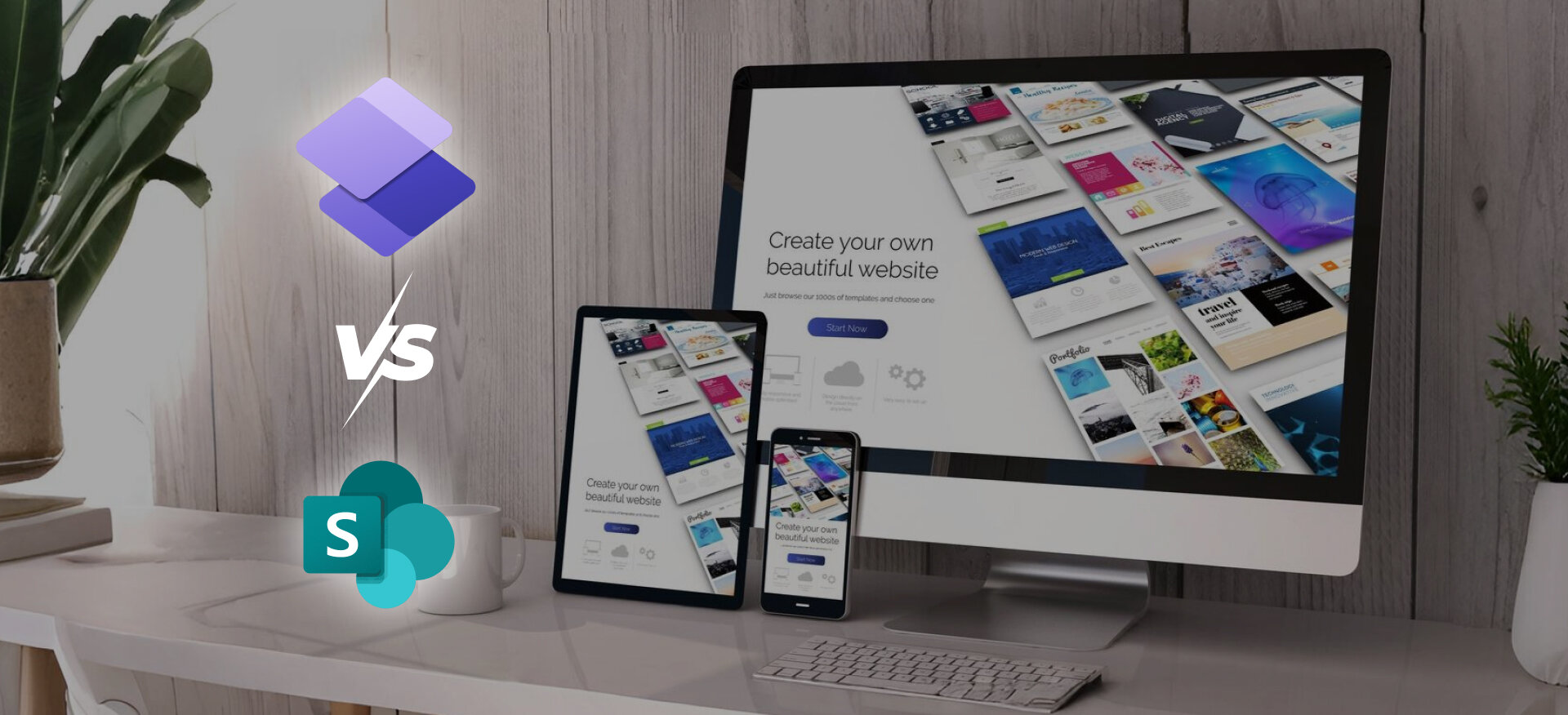In the crowded world of digital marketing, mastering Predictive SEO is the difference between scrambling to react and confidently steering your strategy toward the future. By tapping into advanced seo data analysis, you move past the limitations of last month’s numbers and start forecasting what your audience will search for next. Imagine combining the power of historic SEO data with machine-learning insights from tools like AnalyticsSEO.com or SEO Machine Pro that’s predictive searching in action.
As you align your editorial calendar with predicted keyword surges, you not only boost rankings but also tighten synergy with your broader Digital Marketing services and ensure every piece of content hits when it matters most. Whether you’re a lean startup or an enterprise leveraging Digital Transformation Services, integrating analytics for SEO into your workflows equips you to outpace competitors and maximize ROI before trends even peak.
What Is Predictive SEO?
At its essence, Predictive SEO marries traditional search engine optimization with forward-looking analytics to answer “What comes next?” rather than “What happened?”. It harnesses seo content analysis using machine learning to detect subtle shifts in search intent across billions of queries think of it as equipping your team with a crystal ball powered by data science SEO. By analyzing patterns in click-through rates, bounce metrics, and query volumes over time, you can train models that estimate future keyword difficulty, search volume spikes, and content performance.
This isn’t limited to generic trends; with the right dataset, you can uncover niche opportunities whether it’s long-tail phrases around “how to start a digital marketing agency” or geo-targeted queries like “ecommerce seo audit checklist” in specific markets. As search engines themselves adopt predictive search best practices, your ability to anticipate user needs becomes a core competitive advantage.
Why Is Predictive Analytics So Impactful?

Predictive analytics for SEO fundamentally reshapes how organizations allocate resources and measure success. Rather than retroactive audits, you gain prospective clarity forecasting which blog posts will surge, which product pages require updates, and which topics demand fresh link-building outreach. This leads to far more efficient budgeting: marketing teams redirect effort toward high-probability winners, slashing wasted hours chasing low-impact keywords.
Additionally, because you’re literally planning for tomorrow’s trending terms, you minimize ranking volatility when search engines roll out new algorithm tweaks. This proactive stance dovetails with best-in-class B2B Marketing service strategies: you can synchronize paid campaigns, PR blitzes, and partnerships with anticipated organic growth. In industries where seasonality or news cycles dominate like finance or healthcare Predictive SEO and analytics ensure you never miss the moment when audience demand peaks.
How to Implement Predictive Analytics in Your SEO Workflows?
Launching a predictive SEO initiative requires three pillars: data, models, and operational integration. First, consolidate your historic SEO data from Google Search Console, GA4, and any third-party tools into a centralized warehouse. Enrich that raw data with custom metrics (e.g., internal site search trends or CRM-driven lead scores). Next, select a platform or build in-house models using Python libraries (Prophet, scikit-learn) that specialize in time-series forecasting and regression analysis.
Tools like AnalyticsSEO.com offer turnkey solutions, including automated anomaly detection and predictive dashboards. Finally, embed forecasts directly into your content and link-building workflows: update your editorial calendar with predicted traffic surges, adjust internal linkage to cornerstone pages such as enterprise content management and prioritize outreach around emergent anchor texts. By formalizing review cadences weekly check-ins on forecast accuracy you cultivate an agile process that continuously learns and adapts.
1. Analyze Past Data with Precision
The foundation of any Predictive SEO program is rigorous analysis of past performance. Start by drilling into multi-year logs: identify not just year-over-year seasonality but also how external events (product launches, industry conferences, regulatory changes) influenced search behavior. Leverage analytics in SEO to segment performance by device, geography, and user intent did mobile users spike around certain queries? Cross-reference that with your Impact of Mobile SEO Optimization initiatives to pinpoint gaps in mobile experience.
Next, feed cleansed datasets into clustering algorithms to group keywords by semantic similarity and trend velocity. The result is a granular map of which topics have sustained growth, which are plateauing, and which may soon decline insights critical to steering future content investment.
2. Figure Out Future Content Topics
Predicting tomorrow’s high-impact topics goes beyond eyeballing Google Trends; it requires modeling the trajectory of related queries across search engines and social platforms. Employ machine-learning techniques to detect early inflection points in query growth patterns that typically precede explosive spikes. For example, you might spot nascent interest in “predictive SEO and analytics” months before mainstream adoption.
Supplement quantitative signals with qualitative inputs: monitor industry forums, news outlets, and social listening tools for emerging questions around “what is predictive search.” With these combined insights, craft a content roadmap that sequences cornerstone guides, in-depth analyses, and quick-hit updates. This strategy ensures your content assets mature alongside audience interest, maximizing both initial visibility and long-term backlink acquisition.
3. Find the Right Tool to Gather Data
Not every SEO platform excels at prediction. Evaluate vendors on three criteria: (1) depth of historical data access (e.g., unlimited Search Console history), (2) built-in forecasting models (seasonality, trend detection, scenario simulation), and (3) ease of integration with your BI stack. Solutions like SEO Machine Pro and Analytics SEO Ltd provide turnkey predictive modules, while open-source libraries offer greater customization.
Consider also the ability to ingest non-SEO signals social engagement metrics, sales pipeline data, event calendars to enrich your models. A well-chosen tool becomes the single source of truth for cross-departmental planning, aligning your Digital Transformation Services, B2B Marketing service, and core SEO teams around a unified forecast.
4. Utilize Google Trends for Real-Time Signals
While complex models yield high-precision forecasts, nothing replaces the immediacy of Google Trends. Leverage its “rising queries” and “related topics” features to validate model outputs and catch sudden shifts caused by world events or viral moments. For instance, a mid-year product announcement might trigger a micro-trend in “predictive search in Google’s search engine,” offering an early window to publish targeted content.
Cross-link these Trend-driven pages to your e-commerce seo audit checklist or product hub to funnel newfound interest directly into conversion pathways. This hybrid approach long-term models plus short-term signals ensures you’re never caught flat-footed by market dynamics.
5. Active Link Building with Forecasted Keywords
Link-building in a predictive paradigm means aligning outreach around where your pages are poised to rank next. Identify high-potential URLs pages that models predict will climb SERPs over the coming quarter and prioritize them for guest posts, resource page inclusions, and partnerships. Use anchor text that reflects both current search intent and forecasted queries (e.g., “predictive SEO strategies” or “analytics in SEO workflows”).
Collaborate with industry authorities perhaps via sponsored content on usa marketing pros or co-authored studies with leading affordable SEO services providers to secure high-authority backlinks. Internally, reinforce these targets by linking from evergreen articles like your guide on start a digital marketing agency or your primer on benefits of seo.
Additionally, businesses seeking SEO services for ecommerce should align their link-building strategies with predicted traffic trends to ensure they are capitalizing on future search demand. Internally, reinforce these targets by linking from evergreen articles like your guide on starting a digital marketing agency or your primer on the benefits of SEO.
Frequently Asked Questions
What is predictive analytics for SEO?
Predictive analytics for SEO fuses traditional search engine optimization analytics with statistical forecasting to predict which keywords, topics, and content formats will gain traction. It leverages seo data science methods time-series modeling, machine learning clustering, and regression analysis to guide proactive content and link-building decisions. A digital marketing agency for small business can also apply predictive analytics to optimize smaller-scale SEO strategies, ensuring maximum efficiency within budget constraints.
How to forecast organic traffic?
Forecasting organic traffic involves aggregating multi-source data (GSC, GA4, site logs), cleaning and normalizing it, then applying time-series models (ARIMA, Prophet) that account for seasonality, trend, and external factors. Regularly validate your forecasts against real outcomes, refining model parameters and data inputs over time.
Is organic SEO better than non-organic SEO?
Both play complementary roles: organic SEO builds sustainable visibility and authority through analytics SEO features and content depth, while paid (non-organic) tactics deliver immediate presence. A hybrid strategy guided by predictive SEO and analytics allocates budget where it will yield the greatest incremental impact.
What is the most used technique in predictive analytics?
Time-series forecasting using ARIMA or Facebook Prophet remains the most widely adopted, thanks to its ability to model sequential data and account for complex seasonality patterns. These techniques form the backbone of many predictive SEO strategies, providing reliable short-term and medium-term forecasts.++
Conclusion
Embracing Predictive SEO means transforming your SEO operation from reactive to proactive shifting from “Here’s what happened last month” to “Here’s what will matter next.” By combining meticulous analysis of historic SEO data with cutting-edge analytics in SEO and seo content analysis using machine learning, you unlock the ability to forecast keyword demand, optimize resource allocation, and amplify ROI across your Digital Marketing services and enterprise initiatives. Start by auditing your data stack, selecting a robust predictive tool, and embedding forecasts into your editorial and link-building workflows. Supplement long-term models with real-time insights from Google Trends, and focus outreach on pages poised to ascend SERPs. This holistic approach ensures you capture emerging opportunities whether they be around “predictive search best practices,” “analytics SEO Ltd” features, or next-generation seo machine pro capabilities and maintain a leadership position in the ever-evolving search landscape.







